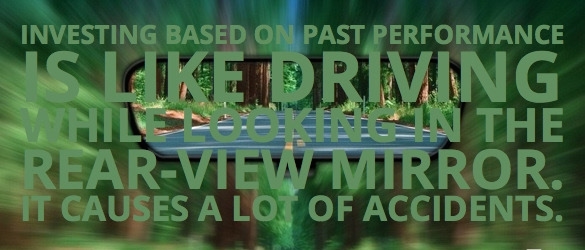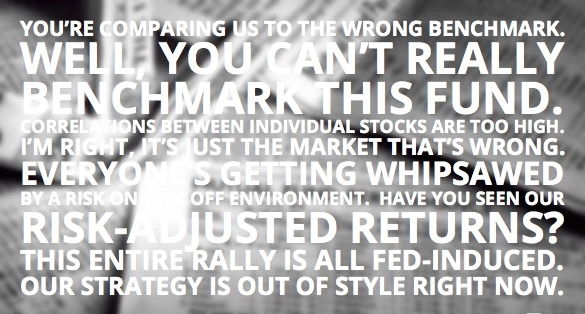by Cullen Roche, Pragmatic Capitalism
If you read just about any document published by a Wall Street firm you’ll inevitably run across some form of this statement:
“Past performance is not indicative of future returns”
We all seem to implicitly know that the future will not necessarily look like the past. But there is, arguably, no approach more often utilized than the analysis of past returns leading to an “empirical” conclusion about the future performance of asset classes. For instance, Eugene Fama’s famous 3/5 Factor Model approach is based almost entirely on historical market data citing the tendencies of certain asset classes to perform in certain ways. Jeremy Siegel’s work on “Stocks for the Long Run” is based almost entirely on historical market data citing the tendencies of certain asset classes to perform in certain ways. Robert Shiller’s CAPE is a perspective of future potential returns placing valuations in a historical context. “Value” approaches of all types rely on using some historical context to gauge how inexpensive or expensive the market is.
The problem with all of these views is that the future never perfectly reflects the past. And I think there’s a strong argument to be made that today’s environment is more unique than any we’ve seen in the historical data. Yet we continue to see many investors relying on expected future returns based largely on historical data.
One thing we know, for a fact, is that investors who think the bond market will generate the types of returns that it did in the last 30 years, will be sorely surprised. With 0% interest rates there is about a 0% chance that the next 30 years in bond returns will mirror anything like the last 30 years when the aggregate bond index returned an astounding 7.5% per year with virtually no negative volatility. This means that an investor who uses the historical returns of a balanced portfolio is using a framework that looks nothing like what one should really expect.
Some investors like to think that they don’t make projections about the future. Or worse, they imply that the future will look like the past just because the data says stocks and bonds perform in a certain way over the “long-term”. But there’s one certainty we know based on the structure of interest rates today – we’ve never been in an environment like this. And future returns are likely to be lower than most people expect given the same amount of risk taken. And that means that your use of historical data has to be placed in the proper context or it will likely lead you astray. Worse, if you’re not trying to look forward in today’s environment you might as well not be looking at all….
Copyright © Pragmatic Capitalism














